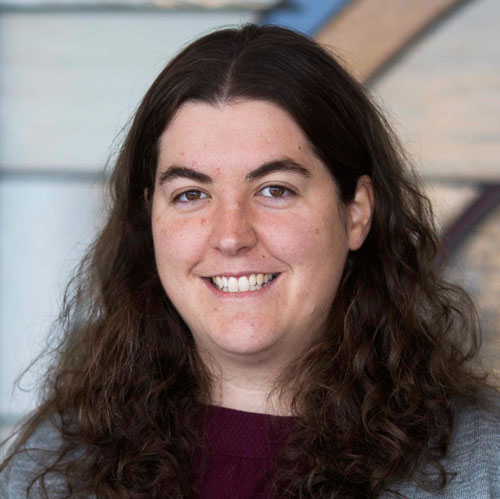Research seeking to improve integration of renewable energy into the grid wins R&D 100 award

A multi-organization project to improve the integration of renewable energy into the power grid, Grid Regulation Delivered by Aggregations of Loads (GRID-BAL), has been awarded an R&D 100 award by R&D World magazine. The project also won two special recognition awards: gold for “Market Disruptor – Services” and silver for “Corporate Social Responsibility.”
“The goal of the project is to use air conditioners to provide the balancing support that the renewables need, so you can have more renewables on the system without affecting the consumer,” said Prof. Johanna Mathieu, the Principal Investigator on the project.
The variability inherent in renewable generation will soon stretch, and possibly overwhelm, the ability of conventional generation to provide load balancing. By adjusting the on/off cycling of air conditioners, energy consumption can be made more controllable.
The goal of the project is to use air conditioners to provide the balancing support that the renewables need.
Prof. Johanna Mathieu
The project also explored tradeoffs between control performance and communications requirements, with investigations incorporating both simulation and hardware-in-the-loop experimentation. It sought to develop control strategies to overcome distribution network and grid stability issues resulting from load control. The final stage of the project saw the proposed communications/control scheme implemented on a field testbed consisting of approximately 100 homes in Austin, Texas.
The project team includes researchers from Los Alamos National Laboratory, Pecan Street Inc., and the University of California, Berkeley. Ian Hiskens, the Vennema Professor of Engineering, served as co-Principal Investigator. The project was funded by the Advanced Research Projects Agency-Energy (ARPA-E) through the U.S. Department of Energy.
 MENU
MENU 
